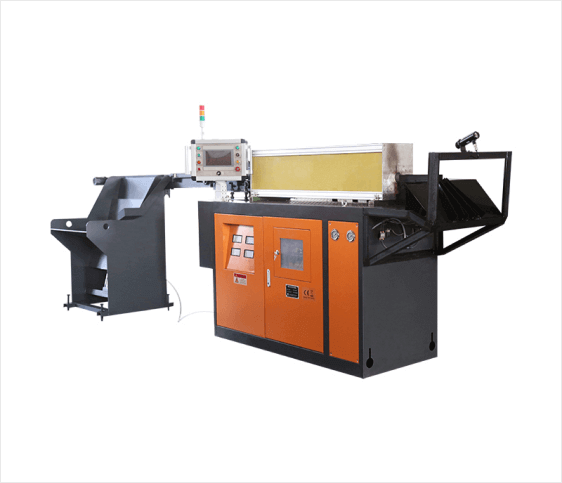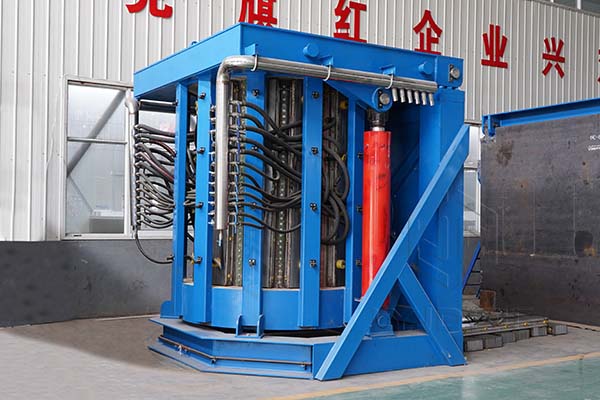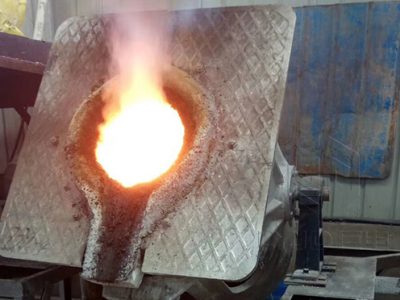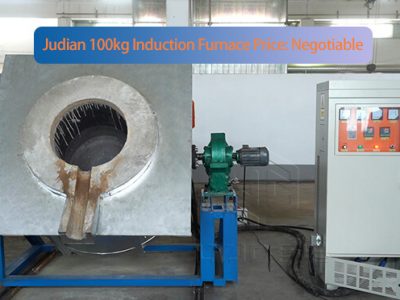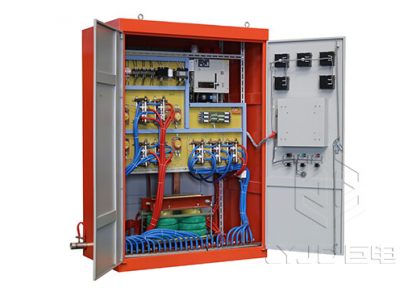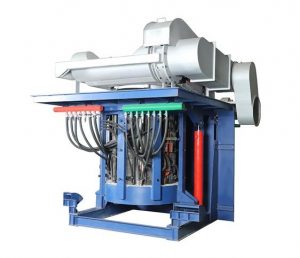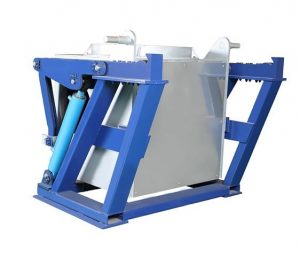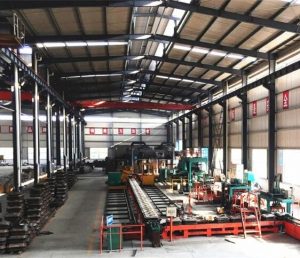An induction furnace for steel is a type of electric furnace that is used for heating and melting steel. It can be used for a wide range of applications, from melting scrap steel for recycling to producing high-quality steel alloys for industrial and commercial use.
Work Principle
It uses electromagnetic induction to generate heat directly within the steel being melted, rather than relying on an external heat source like a flame or a heating element. The basic principle of an induction furnace is that a medium-frequency alternating current is passed through a copper coil, which generates a rapidly changing magnetic field. When the steel is placed inside the coil, the magnetic field induces electrical currents within the steel. The current will generate heat due to the resistance of the steel to the electrical current. This heat causes the steel to melt and become liquid.
Features of the Induction Furnace for Steel
There are some features commonly used in the induction furnace for steel melting.
Power Supply
Induction furnaces require a high-frequency power supply to generate the electromagnetic field necessary for heating the steel. The power supply is typically AC power, which is converted to a high-frequency output using a power electronic converter.
Crucible
The crucible of an induction furnace is typically made of refractory materials such as graphite or ceramic, which can withstand high temperatures and resist chemical reactions with molten steel. The crucible is often water-cooled to prevent it from overheating.
Coil
The coil is the part of the furnace that generates the electromagnetic field. It is typically made of copper tubing and is water-cooled to prevent overheating. The shape and size of the coil can be customized to suit the specific requirements of the steel being melted.
Temperature Control
Induction furnaces can be equipped with various sensors and temperature control systems to monitor and regulate the temperature of the molten steel. These can include thermocouples, infrared sensors, and pyrometers.
Safety Features
Induction furnaces can be equipped with various safety features to prevent accidents and protect workers. These can include temperature alarms, pressure sensors, and emergency shut-off switches.
Advantages of Induction Furnace for Steel
The advantages of induction furnaces for steel include higher efficiency, faster melting times, greater flexibility in terms of the types of steel that can be melted, and reduced emissions compared to other types of furnaces. As a result, it has become increasingly popular in recent years and is widely used in the steel industry.
Maximum Temperature Can Be Reached
The temperature that an induction furnace for steel can reach depends on several factors, including the power of the furnace, the size and shape of the crucible, and the type of steel being melted. In general, induction furnaces for steel are capable of reaching temperatures as high as 1800-2000 degrees Celsius (3272-3632 degrees Fahrenheit).
The actual melting temperature of steel varies depending on the composition of the steel, with different types of steel melting at different temperatures. For example, plain carbon steel typically melts at around 1370-1480 degrees Celsius (2500-2700 degrees Fahrenheit), while stainless steel can have a melting point as high as 1510-1570 degrees Celsius (2750-2850 degrees Fahrenheit).
The induction furnace for steel can be very precise in controlling the temperature of the molten steel. It is important to ensure the quality and consistency of the final product. Temperature control systems may include sensors, thermocouples, and computerized controls that allow for precise adjustment of the power output of the furnace to maintain the desired temperature range.
Finally
The induction furnace for steel melting is an advanced equipment used in the casting industry. Luoyang Judian is a professional manufacturer of induction melting furnaces. If you have any questions about the induction furnaces, please get in touch with us. We will do our best to solve your problems.
